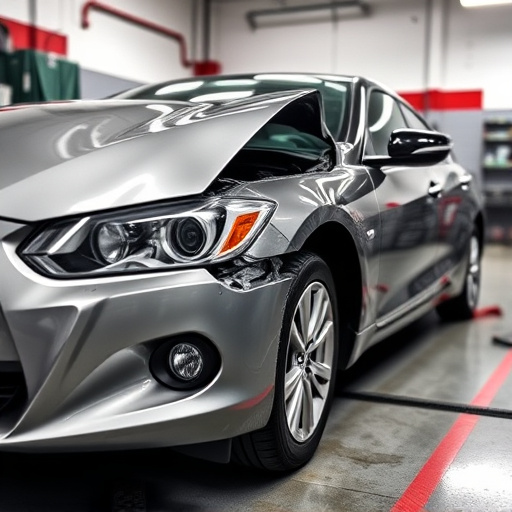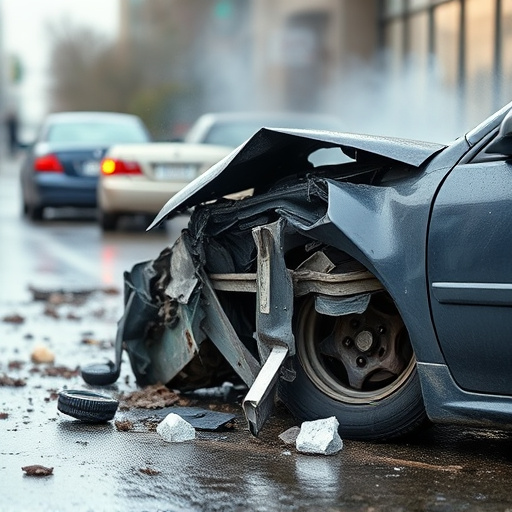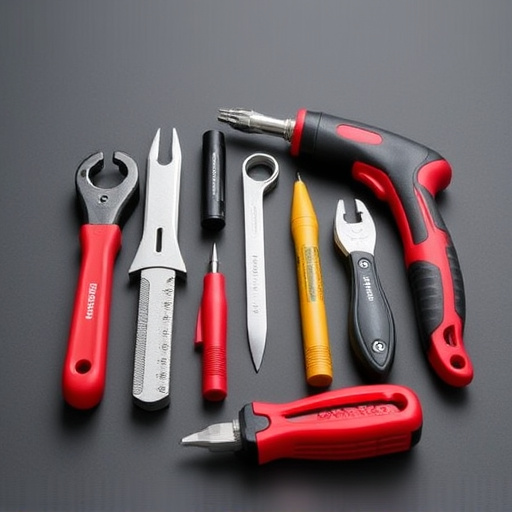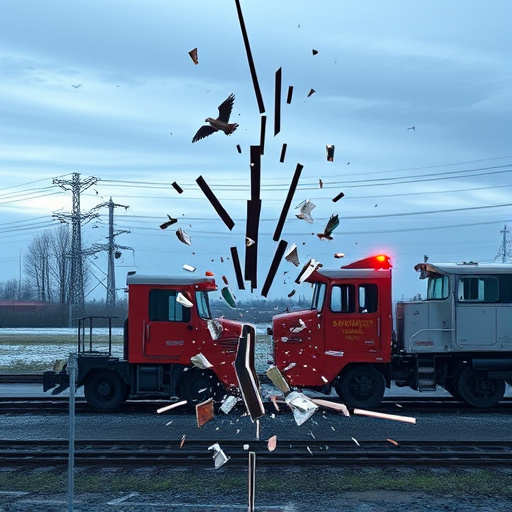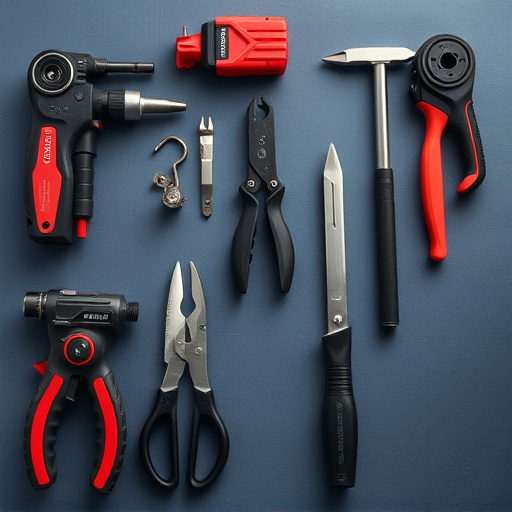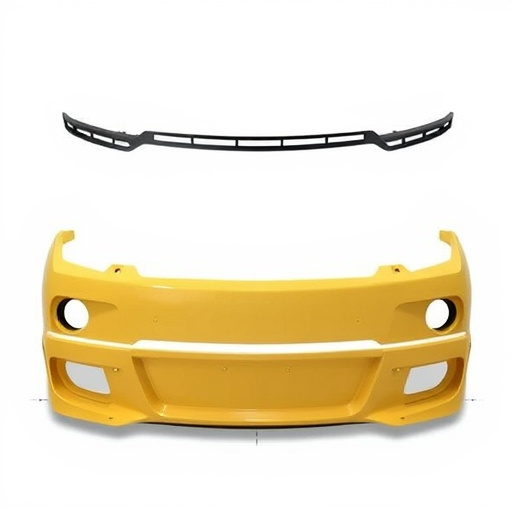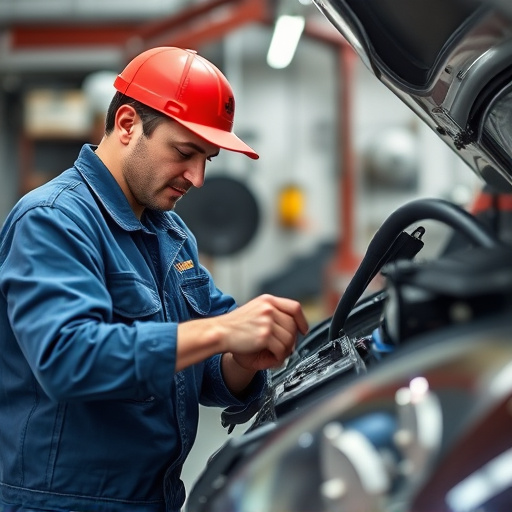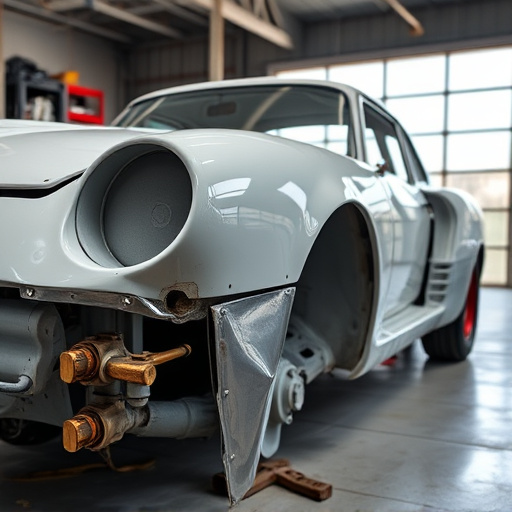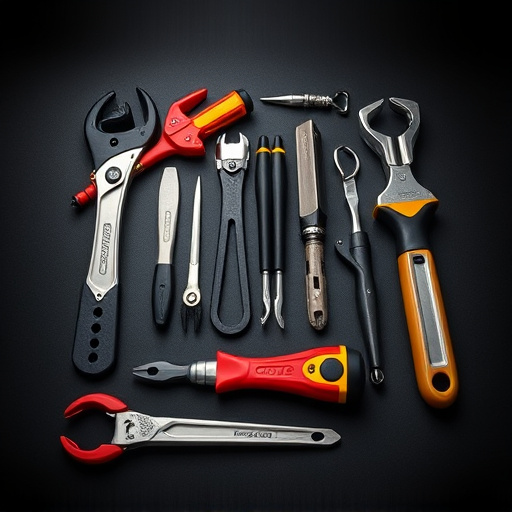Mastering Tesla 12V system repair is crucial for emergency situations. Basic tools like voltmeters and wire strippers are essential for diagnosis and repairs. Safety gear, including eyewear and insulated clothing, is paramount. For severe damage or complex repairs, professional help is advised. Prioritize safety and consider basic troubleshooting before attempting advanced repairs.
In any vehicle, a reliable 12V electrical system is vital, especially during emergencies. For Tesla owners, understanding and knowing how to repair this crucial component can be a game-changer. This article guides you through the essential aspects of Tesla’s 12V system, from its intricacies to practical safety precautions. Learn the tools needed and effective troubleshooting techniques for common issues that may arise, ensuring you’re prepared to handle critical situations with confidence.
- Understanding Tesla's 12V Electrical System
- Tools and Safety Precautions for Repair
- Troubleshooting Common 12V Issues in Emergencies
Understanding Tesla's 12V Electrical System
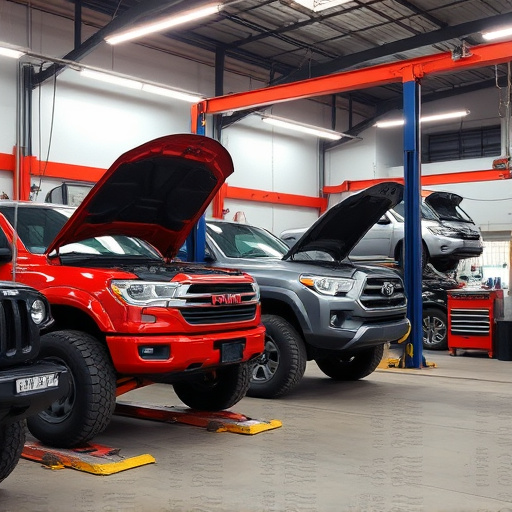
Tesla’s 12V electrical system is a critical component that powers various essential components of the vehicle, from lighting and instruments to access features. Understanding this system is crucial for anyone looking into Tesla 12V system repair, especially in emergency situations. At its core, it operates similarly to traditional automotive 12V setups but with unique Tesla-specific design elements and integration with advanced electric vehicle technology.
The system incorporates high-voltage components alongside the conventional low-voltage circuits, requiring specialized knowledge and tools for effective repair. In an emergency, knowing how to access and troubleshoot these systems can be a game-changer. Regular auto maintenance practices, coupled with understanding basic dent removal techniques, can help fleet repair services or individual owners navigate minor issues before they escalate.
Tools and Safety Precautions for Repair
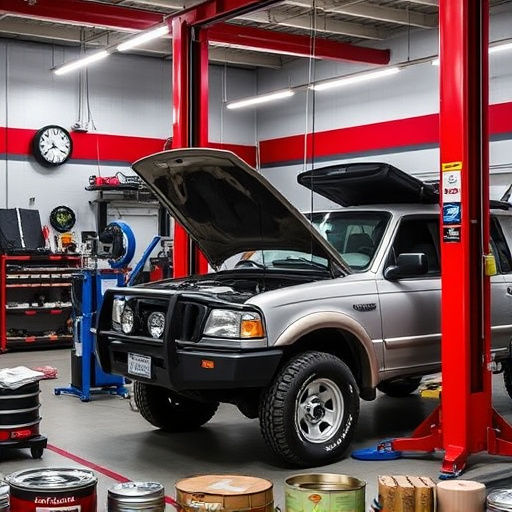
When performing a Tesla 12V system repair, especially in emergency situations, it’s crucial to be prepared with the right tools and safety gear. Basic tools such as voltmeters, wire strippers, pliers, and screwdrivers are essential for diagnosing and fixing issues. Additionally, having a set of protective eyewear, gloves, and insulated clothing ensures your safety during the repair process, shielding you from potential electrical hazards.
For more complex auto body repairs or if your Tesla experiences a car dent, consider specialized tools like impact wrenches, sanders, and paintless dent repair kits. These can be invaluable when addressing physical damage without resorting to extensive paintwork, thereby saving time and potentially reducing costs compared to traditional auto body repairs.
Troubleshooting Common 12V Issues in Emergencies
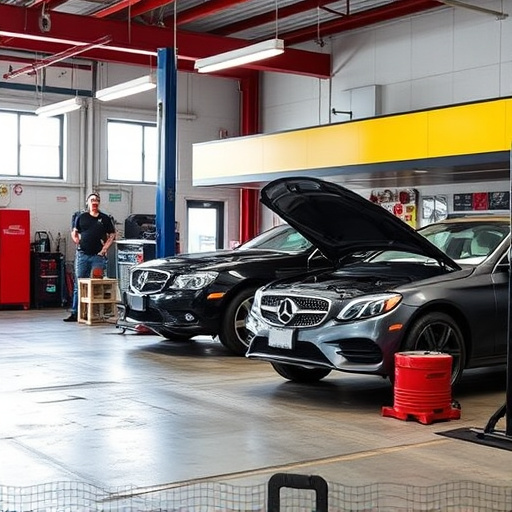
When faced with an emergency while on the road, troubleshooting common issues with your Tesla’s 12V system can be a critical skill. Start by checking the battery terminals for any signs of corrosion or loose connections. A simple clean and tightening can often resolve power problems. If the issue persists, consider whether the problem lies in the alternator, which charges the battery while the vehicle is in motion, or the starter motor responsible for turning the engine over. Using basic tools, you can test these components to identify the source of the trouble.
In a collision or severe accident, damage to the 12V system could be more severe, requiring professional intervention. While some minor repairs might be manageable for owners with mechanical knowledge, complex issues may necessitate the expertise of specialized vehicle repair services, especially for car bodywork services involving the electrical system. Remember that safety is paramount; if you’re unsure about handling any repair yourself, it’s best to contact a qualified technician for guidance or assistance.
In emergency situations, knowing how to repair a Tesla’s 12V system can be a game-changer. By understanding the electrical system, employing proper safety precautions, and familiarizing yourself with common issues, you’re equipped to handle basic repairs promptly. Remember, while these steps cover many potential problems, for complex issues or if unsure, always consult a professional mechanic. Stay safe, stay prepared, and rest assured that with this knowledge, you can provide temporary solutions until assistance arrives.
